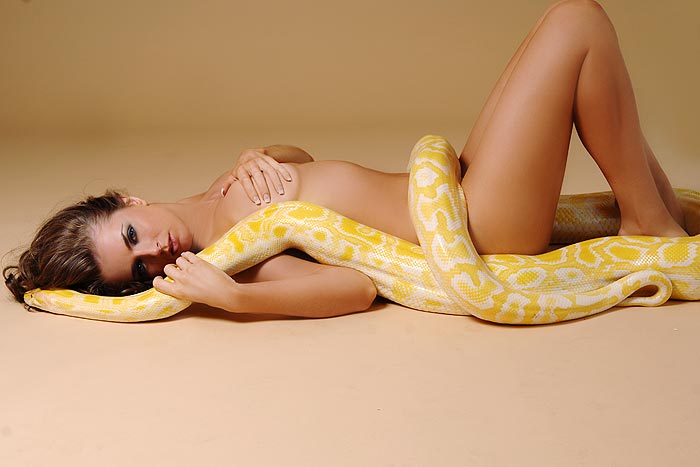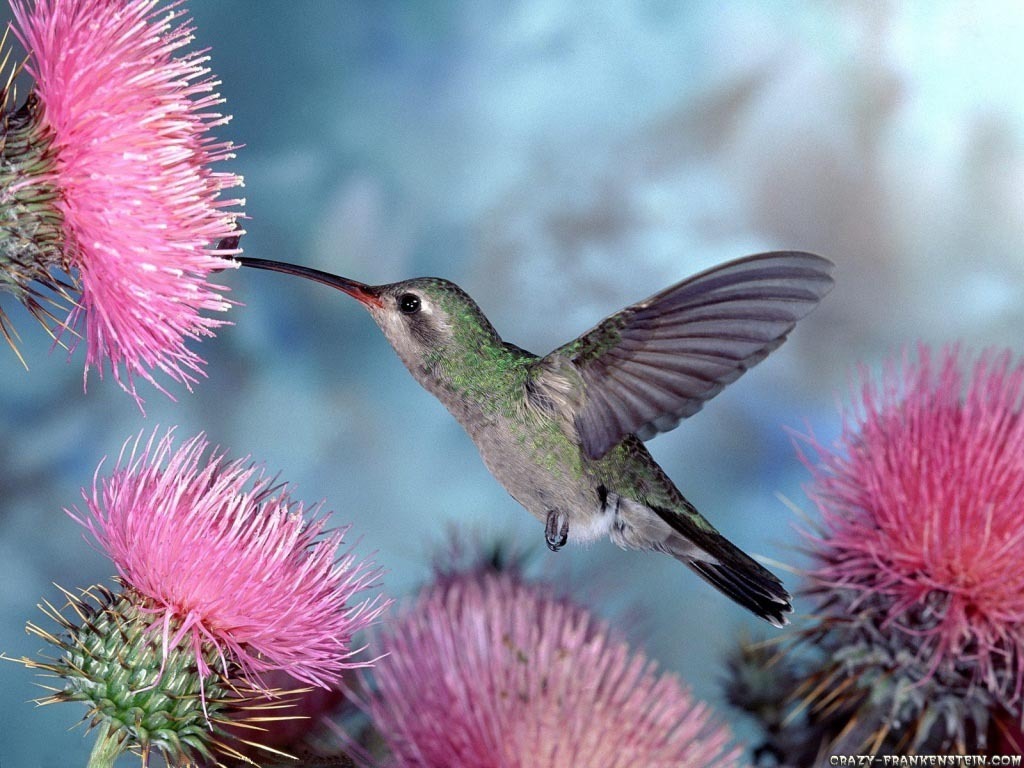 Redbelly Snake - Storeria occipitomaculata
Redbelly Snake - Storeria occipitomaculataStatus
PROTECTED. It is illegal to kill or collect this species by law in Iowa. Redbelly snakes are common but secretive in Iowa.

Redbelly Snakes, Storeria occipitomaculata, red phase and gray phase, from Butler County, Iowa
This is Iowa's smallest species of snake measuring 7-10 inches long (Conant and Collins, 1991). It is non venomous. Generally speaking, there are two color phases of this snake and even these are subject to variation. One phase is dark brown to light tan dorsally with a single light mid dorsal stripe. The other phase is a shade of gray dorsally with four black or rust red stripes running lengthwise down the snake.

Redbelly Snake, Storeria occipitomaculata, venter, from Cherokee County, Iowa

Redbelly Snake, Storeria occipitomaculata, venter, from Bremer County, Iowa
There are three subspecies of the redbelly snake, two of which supposedly occur in Iowa. The northern redbelly snake, Storeria occipitomaculata occipitomaculata, differs only by the presence of three light spots on the nape. The other, the Black Hills redbelly snake, Storeria occipitomaculata pahapsae, lacks these spots. These subspecies intergrade throughout their Iowa range. Furthermore, these subspecies are weakly defined and both forms are found in the same populations outside the intergrade zone.
Range
The redbelly snake snake seems to occur through out the northeastern half of Iowa.

County records for the redbelly snake in Iowa
This snake is generally considered a woodland snake, but it is also found in dry sandy habitats. It is often found near marshes, lakes, or other water sources.
Habits
This small snake may be found under flat objects or crawling across woodland trails in the evening or at night. Sometimes they may be found in garages or while moving a woodpile. Great numbers of these snakes are seen in the fall as they migrate to their hibernaculums. They make no attempt to bite when handled, but they may release musk which is relatively mild compared to other species of snakes. The redbelly snake is secretive and their main defense from predators is hiding under rocks, logs or leaf litter. They hibernate underground in rock crevices, abandoned ant mounds, and in burrows dug by other animals. They breed in spring. Five to eight young are born alive in late summer and are very small, only 3 1/2 inches long.

Redbelly Snake, Storeria occipitomaculata, gray phase, from Bremer County, Iowa
The redbelly snake eats slugs, earthworms, and insect larvae. It is usually very difficult to get these snakes to consume anything other than slugs without using scent-transfer techniques.

Redbelly Snake, Storeria occipitomaculata, brown phase, From Bremer County, Iowa

Redbelly Snake, Storeria occipitomaculata, brown phase, from Clayton County, Iowa
,,












 ,,,,
,,,,
















 The Western Massasauga lives in prairies from the Gulf Coast up to the Panhandle
The Western Massasauga lives in prairies from the Gulf Coast up to the Panhandle  The Timber Rattlesnake lives in East Texas.
The Timber Rattlesnake lives in East Texas.  Western Diamondback lives in North, Central, South and West Texas.
Western Diamondback lives in North, Central, South and West Texas. 




 You have to know your texas snakes pictures because these serpents are everywhere in that state.
You have to know your texas snakes pictures because these serpents are everywhere in that state.






